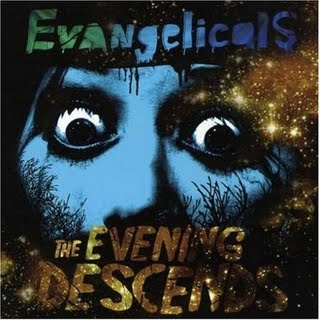LENOX, Mass – It was something still a bit new for veteran rocker Beck, and something really different for many…
Tag: Beck
The truth behind a generational anthem and how mainstream media profits from disparaging youth
In the context of music’s cultural influence, the explosive power of Beck’s 1994 hit song, “Loser,” is difficult to overstate….
Hot Heat Summer Songs – Annuals, Woodsman, Vampire Hands, SSLYBY, Women, ARMS, Blizten Trapper, Beck, Whalers
Much of the nation, most especially the mid-west and the south, have been trapped under a dome of extreme heat…
Halloween Indie Rock Songs, Vol. IV: Evangelicals, Franz Ferdinand, Interpol, Beck, Islands, Ramones, REM, Animal Collective, Misfits
Well, we’re still recovering from a huge storm that belted the Santa Cruz mountains and dumped over eight inches of…



